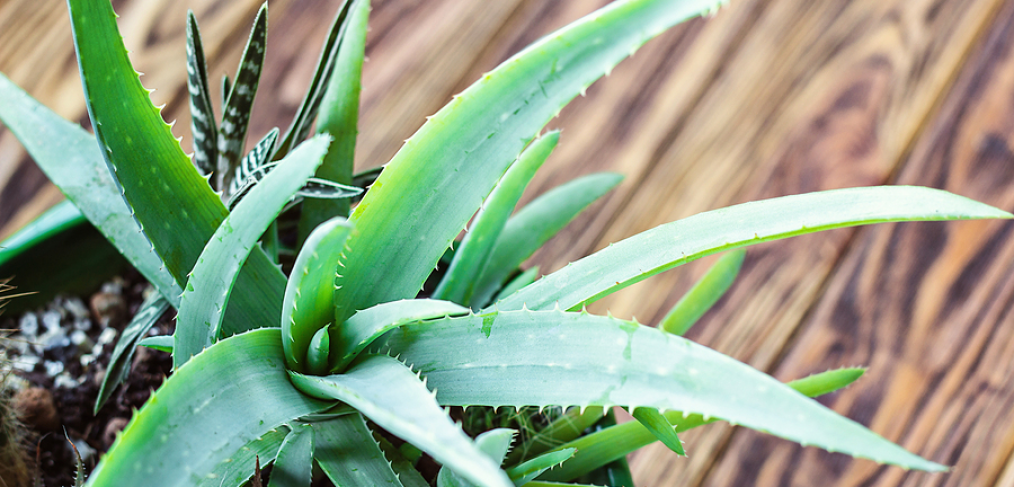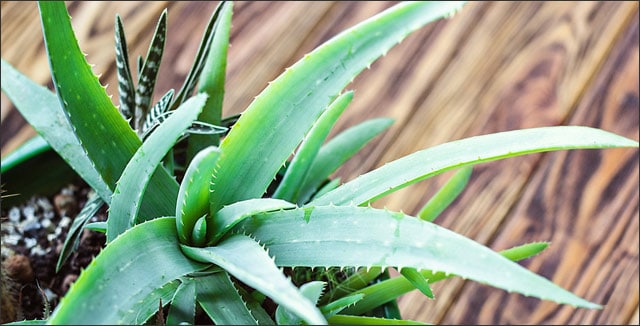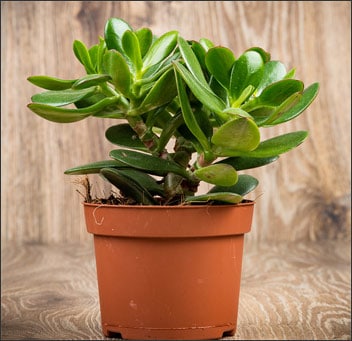
7 Easy Care Plants for Home Decor – Gardening Tips

Aloe vera plant
Have you thought about what you might bring inside to add interest and warmth to your house as we head into cold weather?
You may be interested in a certain look for a specific corner of your room. If you are an HGTV fan, you may have seen designers pairing different types of potted plants for indoor décor. What plants should you consider?
Easy Care Plants for Your Home’s Decor
Here are seven of the easiest houseplants to keep alive that are also some of the most beautiful and trendy plants out there.
Strings of Things: String of Pearl & String of Nickels
These succulents are not just easy to maintain (they need watering maybe once a week or every-other week), they are easy to propagate. Any old little trimming could become a nice plant to give away in a few weeks as they all take root very easily from cuttings.
All of these succulents are easy care plants that sprawl and work best in hanging baskets in sunny corners. Picture a beautiful macrame hanger. They let loose tendrils of fleshy leaves resembling the shapes in their names.
String of Pearl Succulents
String of pearl succulents are also called String of Beads or Rosary String of Beads plants. They may get little white blooms which smell like cinnamon. However, most people get them for their unusual round leaves.
In addition to light or sunlight, they need temperatures averaging 72 degrees during their active growth season and colder temperatures – around 55 degrees – during dormancy.
String of Nickels
String of nickels plants are native to Singapore – a tropical rainforest. It prefers high humidity and so it may need to be misted in an indoor situation, which is usually much lower in humidity. People don’t like humidity as much as plants do.
It needs high indirect sunlight or cool direct sunlight – as in early morning sunlight. This plant is naturally grown in the dappled shade, so it won’t be as colorful or happy in too much sun.
Dormancy can be different for different plants. It all depends on the native climate for the plant. If it comes from a Mediterranean climate like Southern California, it may be that it goes dormant in the summer, as summer tends to be dry in those areas. Winter tends to be cool, short, and wet. Some plants are simply opportunistic and won’t go dormant if they are getting plenty of the correct amount of sunlight, temperature, food, and water in your home.
Stuck Up Plants: Aloe Vera Plant & Snake Plant
Snake Plants
You have seen those snake plants all over the place, right? They are large, blade-like, striated leaves sticking straight up from the pot in a tight cluster. Some of them curl a bit so they look wavy and some of them stick straight up.
The best part is that they can tolerate a lot of being ignored. Snake plants can survive in low light and don’t have bug problems. They really just need free-draining soil as they can get root rot.
You can propagate snake plants using leaf cuttings. However, they can also be divided at the root, as they are grown from rhizomes. Additionally, snake plants like indirect sunlight best and prefer to dry out between watering. If you plant them in a pot, you can use a general fertilizer once a year. Otherwise, they don’t need very much care.
Snake plants also provide health benefits. Please see Superhero House Plants Purifying the Air list.
Aloe vera and snake plants look great with just about any other combination or by themselves. Try grouping multiple pots together in one spot for a visual feast. The combinations are endless.
Aloe Vera Plants
If you want another easy care plant with leaves that won’t quit, an aloe vera plant is for you. It is best to remember aloe vera plants are succulents. They do best in dry conditions, so put them in well-draining soil and don’t over water. That’s the number one reason you may have killed your aloe plant in the past.
Don’t water too often, and allow it to drain completely. Use a phosphorus heavy, water-based fertilizer at half strength in the spring, but no more than that.
Aloe vera plants also provide health benefits by helping to purify the air in your home.
They also like bright light – a south or east facing window is best. Their leaves can be cut and used as topical medicine for burns and cuts. They’ve been used that way for thousands of years.
Trailing Vines: Pothos
The pothos is also called “devil’s ivy” and it can grow just about anywhere as a houseplant.
It is leafy, dark green, and has beautiful trailing vines that will cascade down your planter, hanging pot, or across your desk. Water occasionally, prune it to keep it fuller, and less “leggy” and fertilize once a year.
Larger Floor Plants: Dieffenbachia & Jade Plant
Dieffenbachia and jade plants are medium and upright houseplants that offer bigger foliage and lovely shapes. Both are easy care plants to add to the décor your house.
Dieffenbachia Plants
The Dieffenbachia – also called a “dumb cane” – does best in year-round temperatures of 65-75 degrees. They can’t handle full sun and actually do very well under artificial light. So you can put them almost anywhere in your house.
The worst thing you could do is give Dieffenbachia plants high temperatures and full sun. They like high humidity and lots of water in summer. In addition, be sure the soil is moist, not wet. They need a little more feeding in March through October. Use a liquid food every other week with water.
Jade Plants

Crassula ovata, commonly known as jade plant
Jade plants, on the other hand, are succulents. However, they will grow big and need to be pruned so as not to grow top-heavy for their containers. They have firm, fleshy green leaves that make an interesting shape.
In addition, jade plants prefer full sun, perfect drainage, and not too much water. Plan to keep them in temperatures of 65-70 degrees, slightly acidic soil, and apply fertilizer during growing season. You can use a controlled-release fertilizer weekly during this season.
Like all succulents, jade plants propagate easily with one leaf in succulent mix soil. Just cover the dish until it sprouts.
Takeaway
Fun and easy care plants are just a few dollars and a trip to the nursery away. You could be living among green friends while adding distinction to your home’s decor – not to mention propagating new plants to give away.



